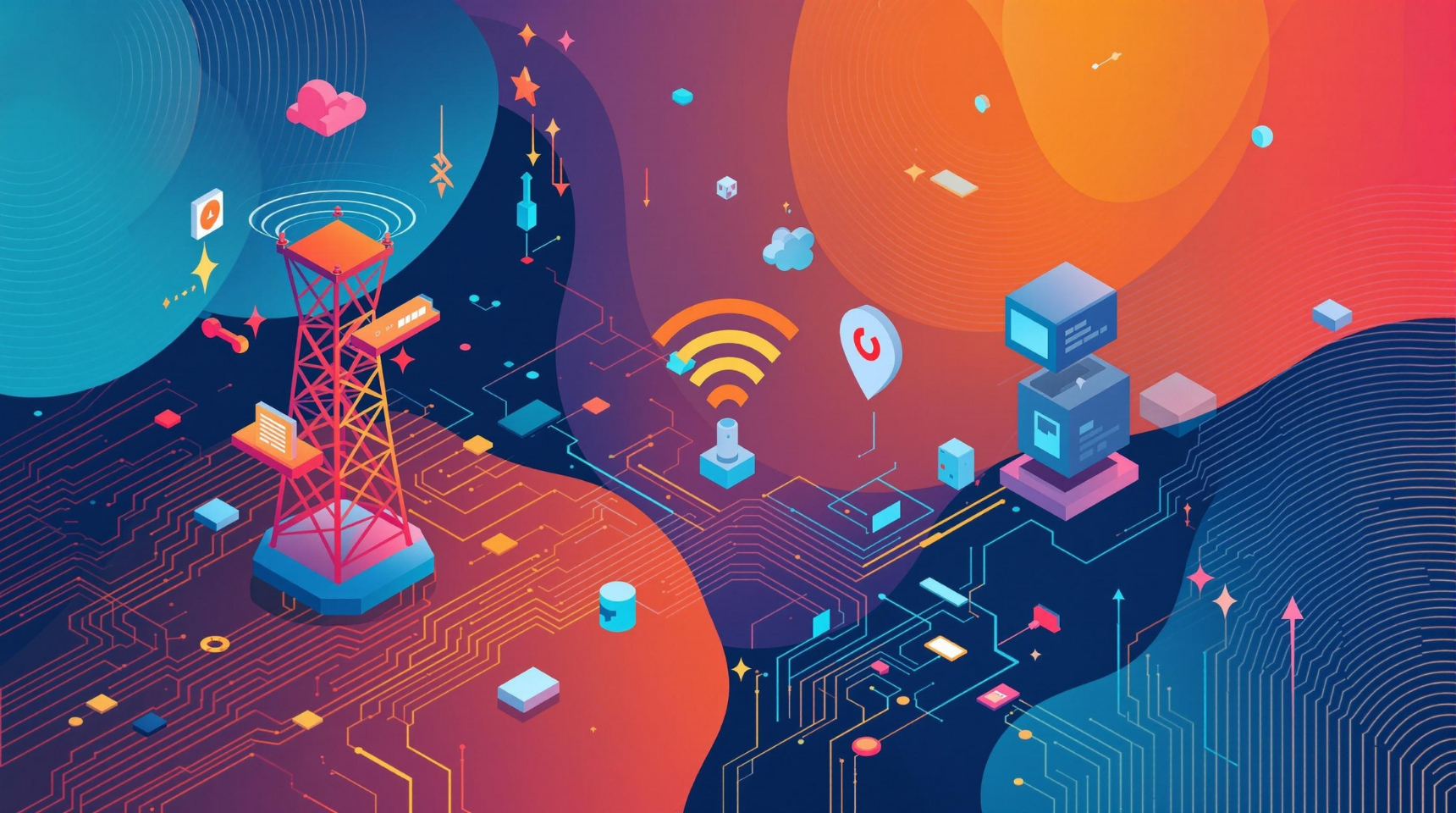LoRa Technology in IoT: Benefits, Challenges, and Future Innovations
 Bernie
Bernie
LoRa is an acronym for Long-Range Radio and represents wireless communication working with Chirp Spread Spectrum modulation. It enables information to be sent over large distances with low power requirements. LoRa, therefore, is considered a major technique in LPWAN for the IoT. It is commonly used in unlicensed ISM bands and is thus friendly in terms of cost for connecting millions of IoT devices.
Benefits of LoRa in IoT Deployments
Long Range: This enables the transmission of signals over a distance of approximately 15 km without obstructions from buildings and from 2 km to 5 km within urban areas.
Low power: The LoRa devices consume ultra-low power and support a battery life of 10-15 years, making it the best option for remote or hard-to-reach sensors.
Very affordable deployment: LoRa heavily utilizes the unlicensed ISM bands and requires a low amount of infrastructure, hence reducing both capital and operational expenditures for a scalable IoT application.
Good security: data transmission uses AES-128 encryption to ensure confidentiality and integrity of the data being carried.
Challenges and Considerations
Limited data rate: LoRa operates in a data rate range from 0.3 to 50 kbps. These data rates may not meet the demands for much higher bandwidth communication applications, such as video streaming.
Payload constraints: The protocol can support a payload of approximately 100 bytes, thus requiring effective data structuring in complex applications.
Frequency Interference: With high gateway densities, interference can occur and hence may affect the integrity of the data or the reliability of the transmission.
Limitations in urban deployment: However, in a built-up area with many urbanisations, it would reduce the range of signal and increase packet loss during transmission, hence presenting a challenge for network planning.
Evolution of the LoRaWAN Protocol
The LoRaWAN network protocol, which runs on top of LoRa, has increased its iterations to increase security, data handling, and power efficiency:
LoRaWAN 1.0 (January 2015): Established the overall network architecture, supporting Class A devices.
LoRaWAN 1.1 (October 2017) has added new mechanisms such as an independent Join Server and support for Class B devices, and has separated security keys to further improve security and session management with NwkKey and AppKey.
LoRaWAN 1.0.3 (July 2018) included and optimized FOTA and optimized channel management, thus enhancing device maintenance and efficiency from a network perspective.
LoRaWAN 1.1.1 (2023): Integrating the use of AI smart city applications into it, it will allow for GPS-free localisation and predictive analytics, hence improving adaptability and intelligence within urban IoT deployments.
Technical Specifications
In addition to these specs, LoRa works in the sub-Gigahertz frequencies like 868 MHz in Europe and 915 MHz in North America; it employs Chirp Spread Spectrum modulation, so the signal is distributed over a larger bandwidth with higher immunity from interferences but with longer range communications. The protocol has an adaptive data rate mechanism to ensure the optimal consumption of energy and efficiency of the network, thus being able to dynamically switch between different data rates and transmission power levels.
Applications of LoRa in IoT
LoRa brings several additions to IoT applications and solutions:
Smart metering: It refers to the collection of reading utilities over a wide area, which does not require maintenance again and again.
Environmental monitoring: It may be monitoring air quality, levels of water, or soil moisture by using so many numbers of different sensors that are deployed widely.
Asset tracking: This implies long-range applications that can be tracked for a longer period which logistics and supply chain will be able to manage in locating assets at distantly placed remote areas.
Smart agriculture: This will include precision farming enabled by smart sensors that are in constant communication to manage and maintain a healthy crop, thereby keeping track of the soil conditions and livestock.
Conclusion
LoRa has become a major enabler in connectivity for IoT, which works over areas where it really matters, up to a few kilometers, and under ultra-low power consumption with moderate costs of implementation. While it does present some limitations such as the relatively lower data rate and payload size, improvements in protocol standards over time have led to improvements in many of these areas. With the growing number of IoT applications, the areas in which it can connect devices across different industries are set to grow, hence driving innovation and efficiency within the various industries.
Credit: Here
Subscribe to my newsletter
Read articles from Bernie directly inside your inbox. Subscribe to the newsletter, and don't miss out.
Written by
